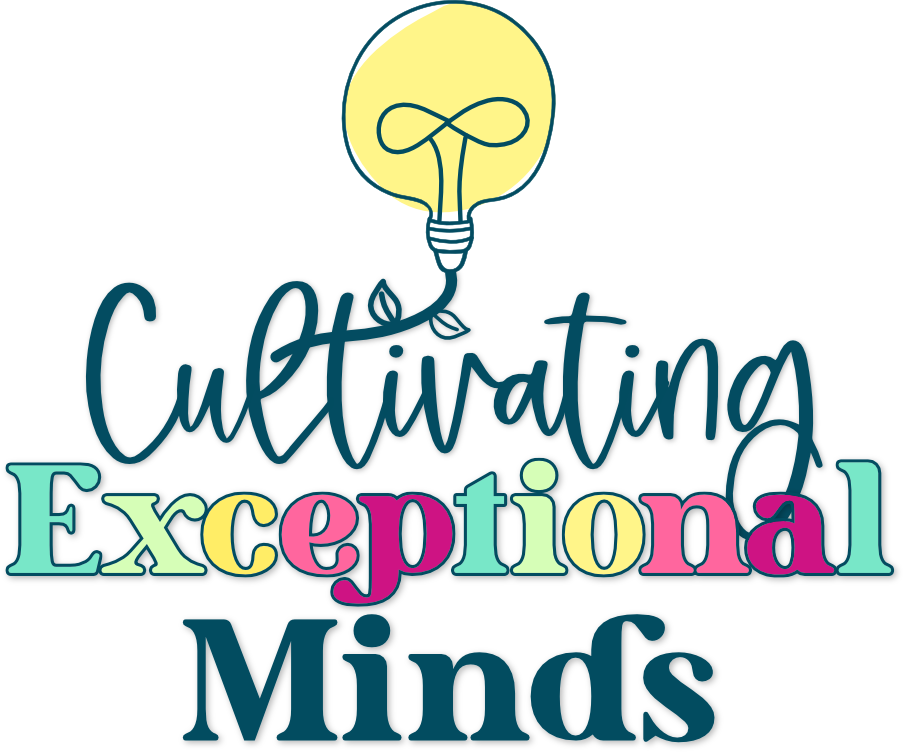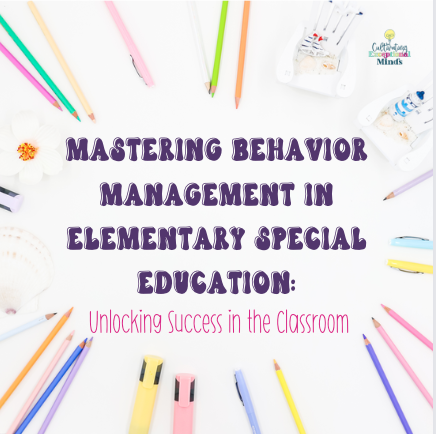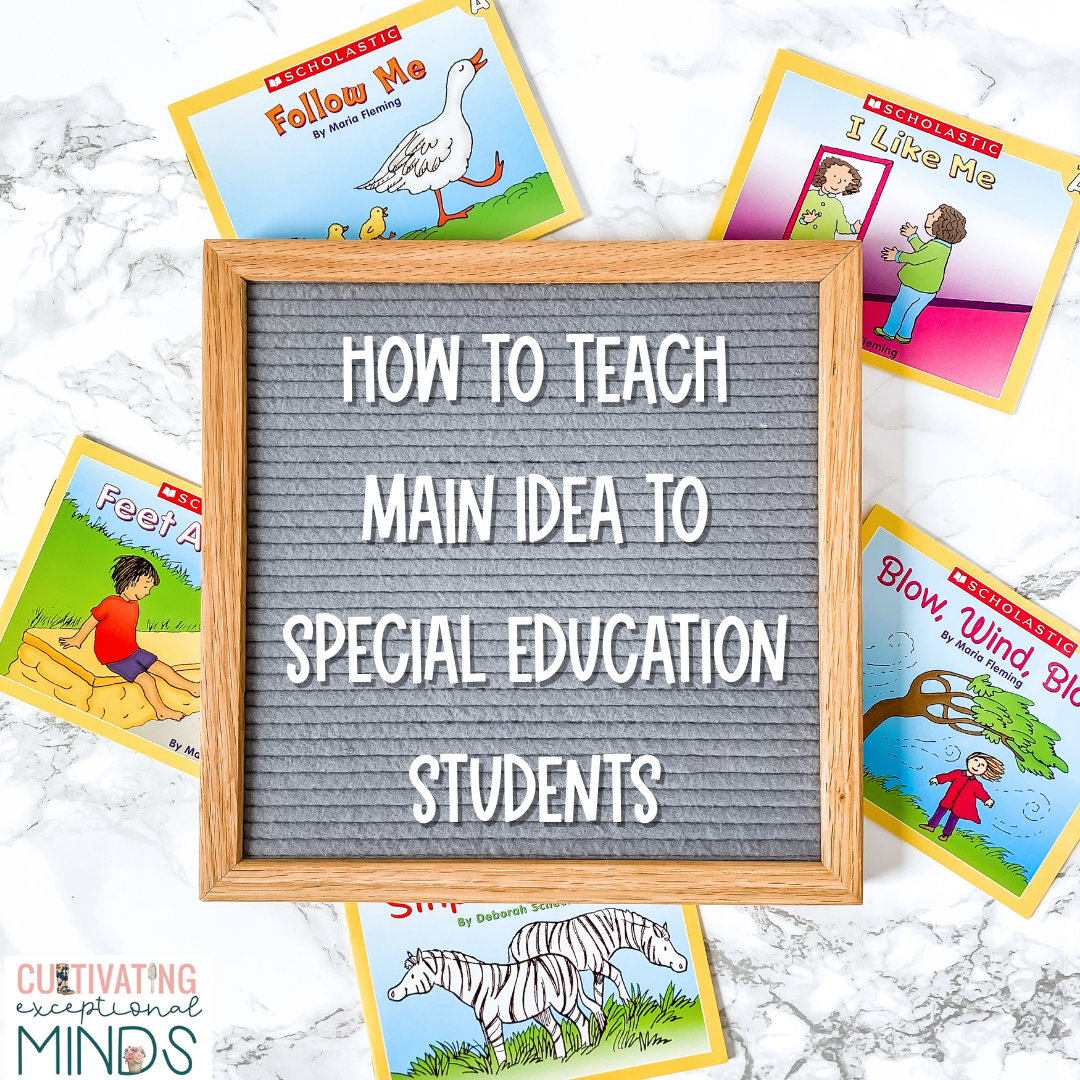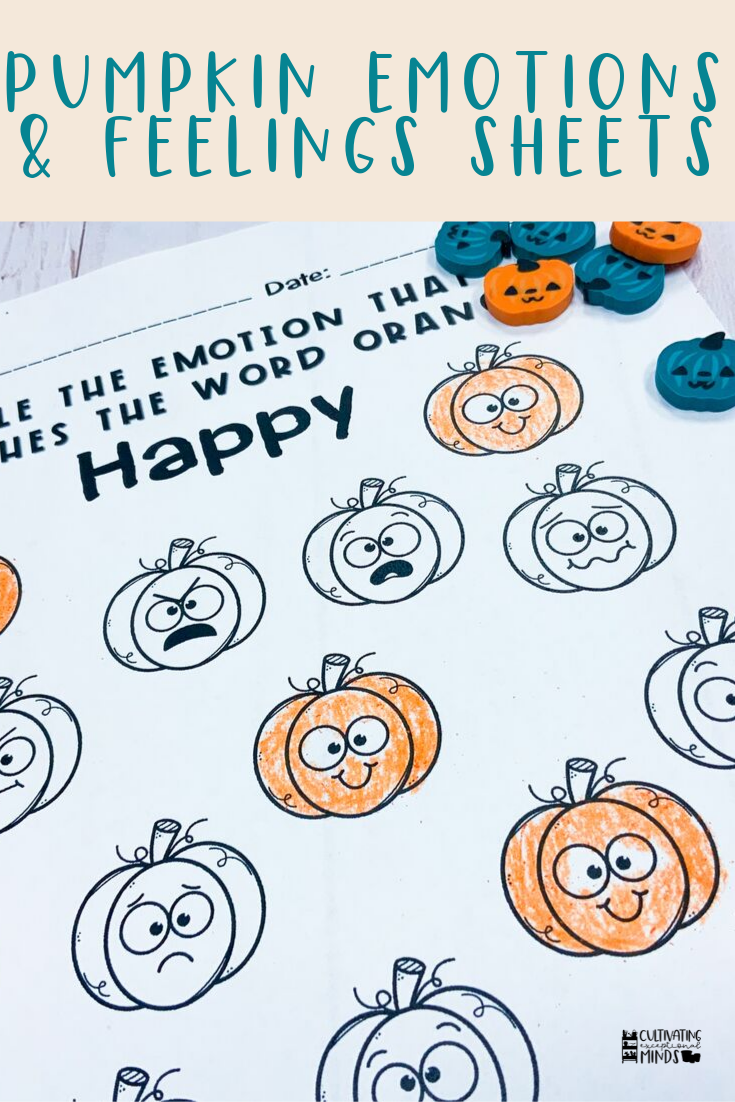Unlocking success in the classroom starts with effective behavior management. As a special education teacher, you understand the importance of mastering Behavior Management in Early Elementary Special Education and creating a positive and supportive environment that promotes learning and growth for your students. In this blog post, we’ll delve into the world of behavior management in an early elementary special education setting. In addition, we will explore what it entails, how it can be implemented in simple steps, and finally why it is crucial for your success as an exceptional educator. Get ready to transform your classroom dynamics and create an environment where every student can thrive.
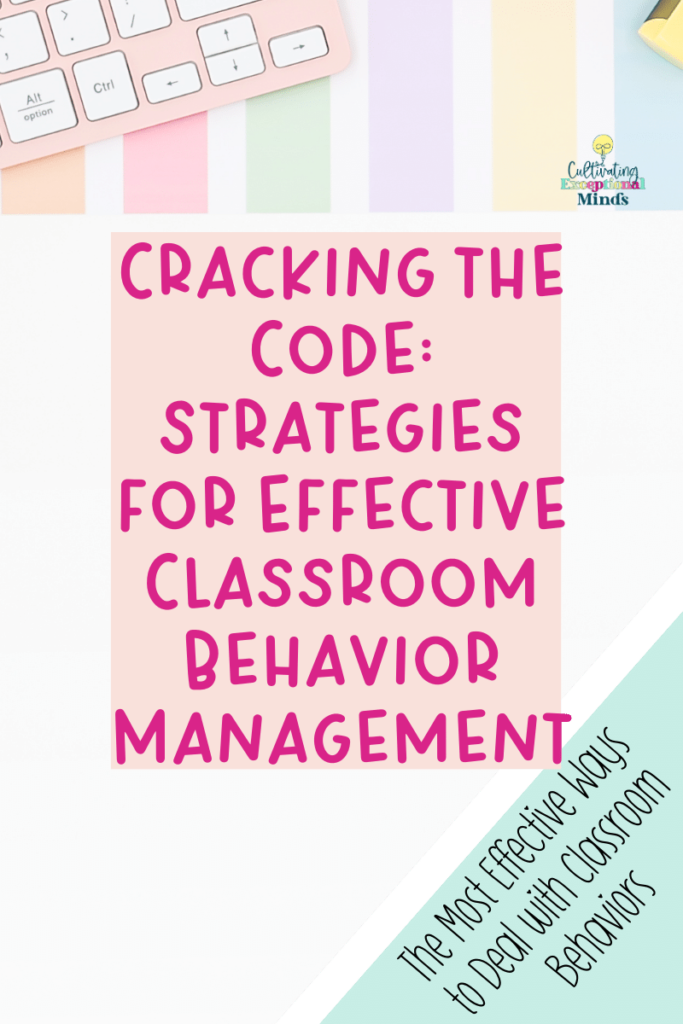
Understanding Behavior Management in Early Elementary Special Education
What is behavior management and why is it important?
First let’s define it: The impact of behavior management on student success
In addition: Setting clear expectations and establishing routines
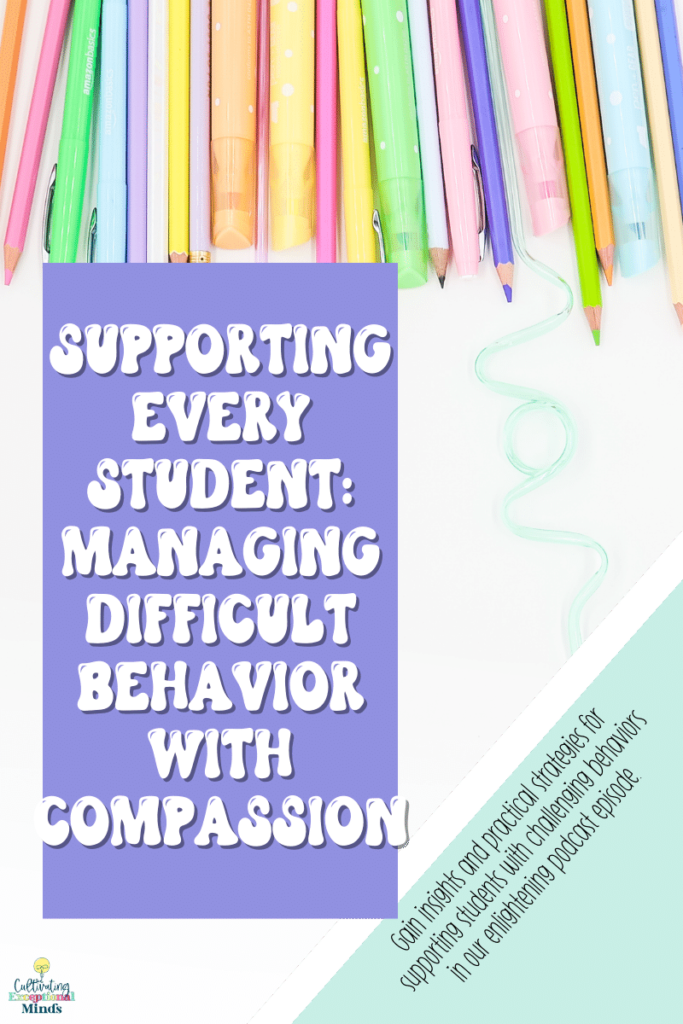
The Simple Steps to Effective Behavior Management
🔍 Step 1: Building Positive Relationships with Your Students
- The power of connection and trust
- Strategies for fostering positive relationships
First, establishing positive relationships with your students is the foundation of effective behavior management. By building trust and rapport, you create a safe and supportive environment where students feel valued and respected. Spend time getting to know each student individually, their interests, strengths, and challenges. Show genuine care and interest in their well-being. Foster open communication, active listening, and empathy. These positive relationships lay the groundwork for successful behavior management.
🔍 Step 2: Clearly Defining Expectations and Rules
- Creating a visual behavior matrix
- Involving students in rule creation
Next up, clearly defining expectations and rules is crucial for setting behavioral boundaries in your classroom. Create a visual behavior matrix that outlines specific expectations for different settings and activities. Involve your students in the rule-setting process to foster their sense of ownership and responsibility. Make the rules explicit, simple, and positively stated. Display them prominently in the classroom, using visual cues and reminders to reinforce the expectations. Regularly review and reinforce the rules with your students.
🔍 Step 3: Implementing Positive Reinforcement Strategies
- The benefits of positive reinforcement
- Reward systems and incentives
In addition, Positive reinforcement is a powerful tool in behavior management. It encourages desired behaviors and motivates students to make positive choices. Develop a reward system that aligns with the interests and preferences of your students. It can include tokens, stickers, or a point system, which can be exchanged for preferred activities or small rewards. Recognize and praise students’ efforts and achievements regularly. Provide specific feedback that highlights their strengths and progress. Celebrate their successes and create a positive classroom culture that reinforces positive behaviors.
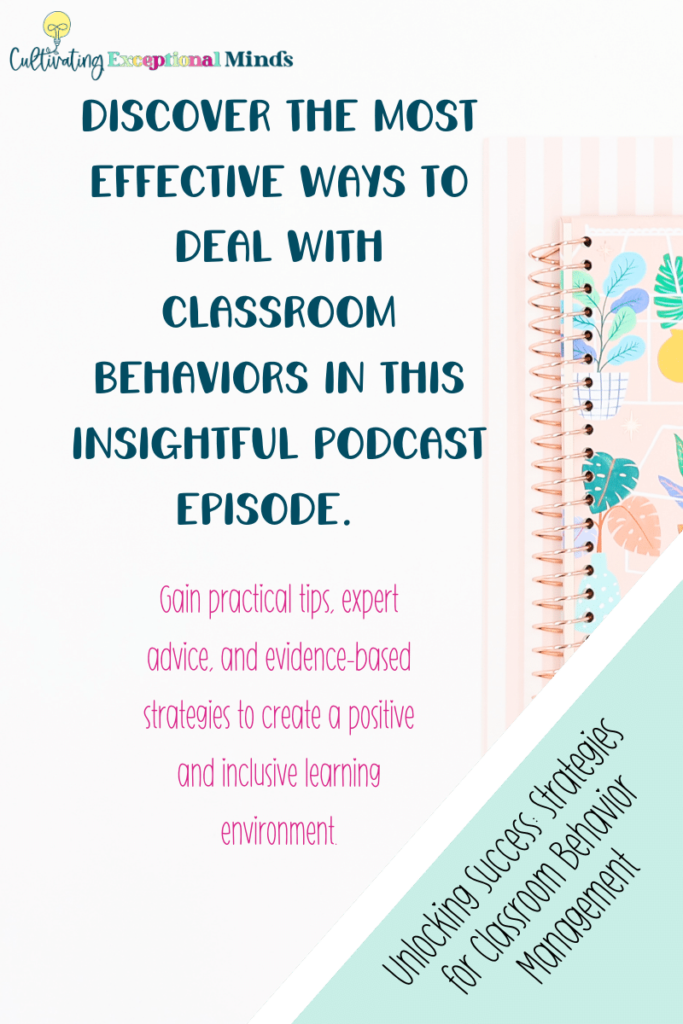
🔍 Step 4: Utilizing Effective Communication and Classroom Strategies
- Proactive communication techniques
- Classroom organization and structure
Next, Effective communication is essential for behavior management. Use proactive communication strategies to set clear expectations and provide students with guidance. Use visual schedules, timers, and visual cues to provide structure and predictability. Establish consistent routines and transitions to minimize disruptions. Teach and practice self-regulation strategies, such as deep breathing or counting to ten, to help students manage their emotions and behavior. Implement classroom organization and structure that supports individual student needs, such as designated workstations or quiet areas.
🔍 Step 5: Collaborating with Support Systems and Resources
- The importance of collaboration with colleagues and parents
- Utilizing support services and resources
Finally, Collaboration is key in supporting behavior management in the classroom. Engage in open and regular communication with colleagues, parents, and other support professionals involved in the students’ lives. Share information, strategies, and progress to ensure consistency and provide a holistic support system. Next up, seek assistance from support services and resources within your school or community. These can include behavior specialists, counselors, or special education consultants who can provide additional strategies and guidance.
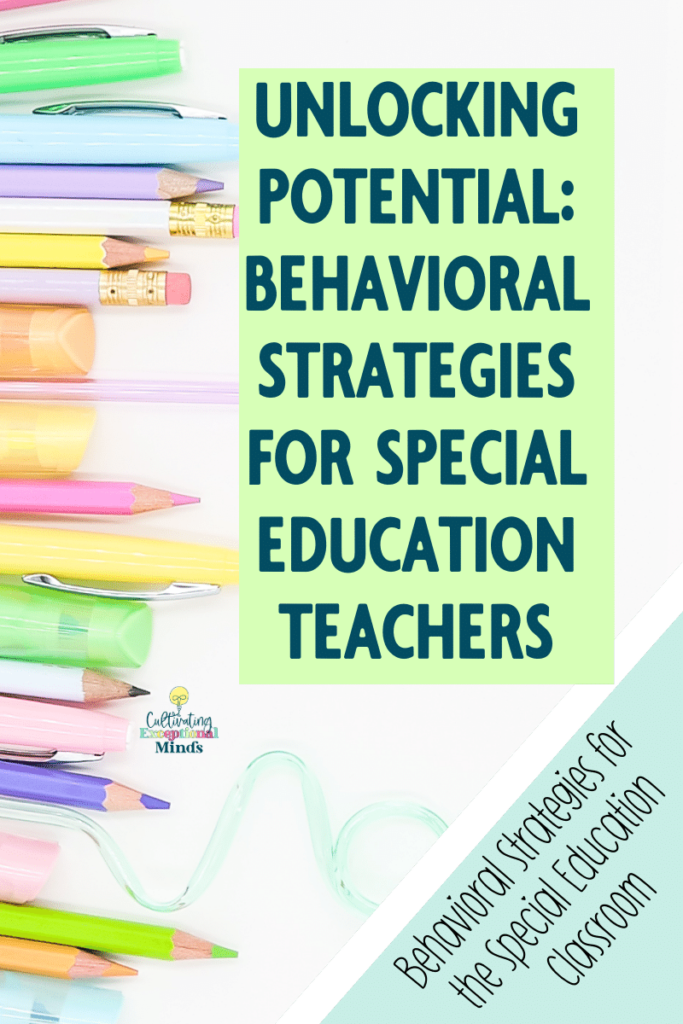
🔑 What if my students have challenging behaviors?
First, challenging behaviors can present unique challenges in behavior management. It’s important to understand the underlying causes of these behaviors and develop individualized strategies. Next, conduct functional behavior assessments to identify the triggers and functions of the behavior. Then, create behavior intervention plans that incorporate positive reinforcement, proactive strategies, and teaching replacement behaviors. Finally, seek support from behavior specialists or other professionals who can provide additional expertise and guidance.
🔑 How can I manage behavior while still supporting individual student needs?
Balancing behavior management and individual student needs requires a comprehensive and individualized approach. First, ensure that your behavior management strategies consider the unique strengths, weaknesses, and learning styles of each student. Next, differentiate instruction and provide accommodations and modifications to support their success. Then, implement visual supports, assistive technology, and sensory strategies to address individual needs. Finally, regularly assess and adjust your approach based on the progress and changing needs of your students.
🔑 What if behavior disrupts the room?
When a student’s behavior disrupts the learning environment, it’s important to address the situation promptly and effectively. First, remain calm and utilize de-escalation techniques to defuse the situation. Secondly, implement behavior management strategies that redirect the student’s behavior in a positive and proactive manner.
Then, use visual cues or signals to provide discreet reminders. In addition, consider implementing a designated “cooling-off” area where students can regain control of their emotions. (Need ideas check out this post) Collaborate with support professionals, parents, and other team members to develop and implement individualized behavior intervention plans to address persistent challenges.
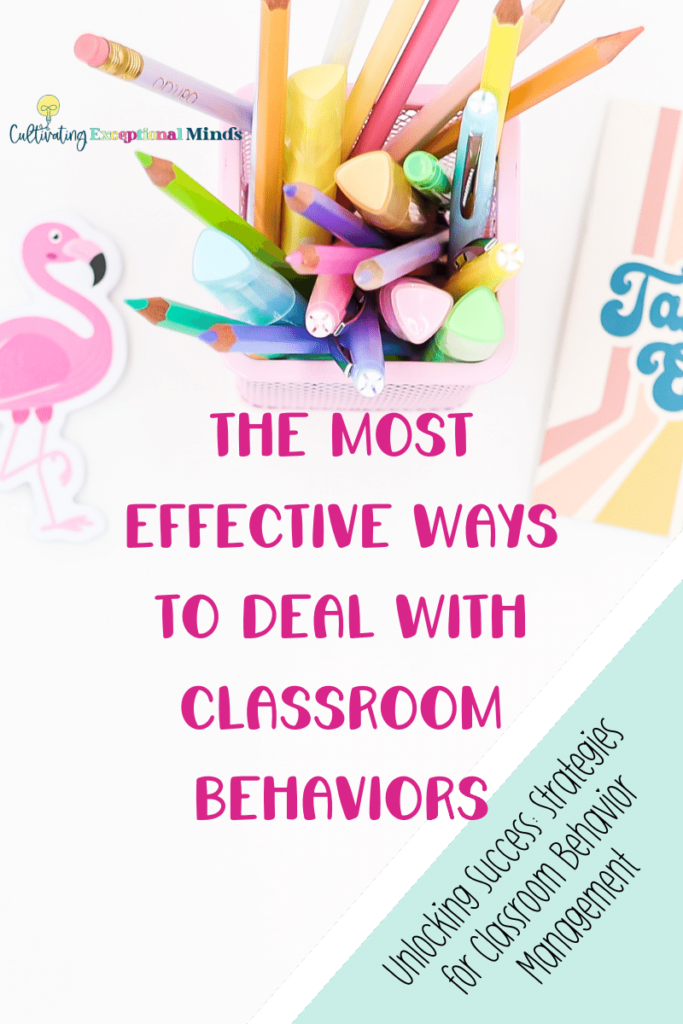
Reflecting on Your Classroom❓ How do you currently approach behavior management in your early elementary special education classroom? What strategies have worked well for you, and what challenges have you faced?
🌟 Behavior management is a fundamental aspect of creating a successful learning environment in early elementary special education. By following the five simple steps outlined in this blog post, you can foster positive behavior, establish clear expectations, and support your student’s individual needs.
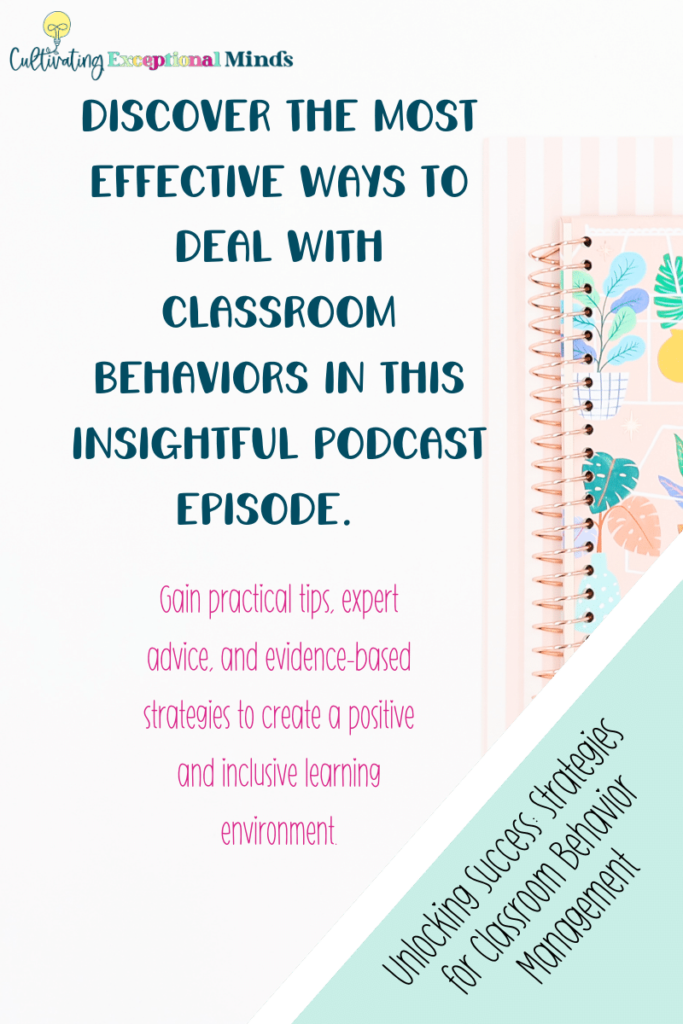
Moveover, embrace the power of behavior management and unlock the full potential of your students. And don’t forget to explore more valuable tips and insights by connecting with our Cultivating Exceptional Minds Exclusive podcast, “Be The Exception in Special Education.” Together, let’s continue to grow and lead as exceptional educators.
And Finally, 📢 Are you ready to take your behavior management skills to the next level? Don’t miss out on more valuable tips and resources! Subscribe to our Cultivating Exceptional Minds Exclusive podcast, “Be The Exception in Special Education,” to access a wealth of information that will help you thrive as a special education teacher. Click the link below to subscribe and never stop learning!
